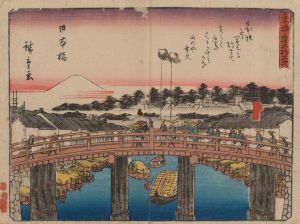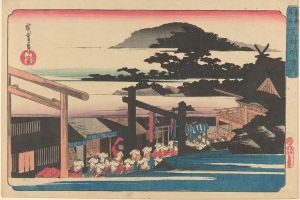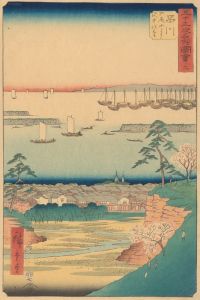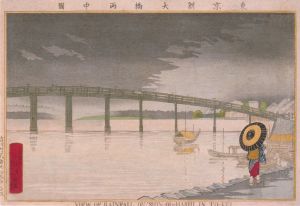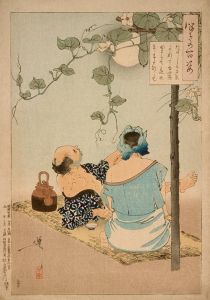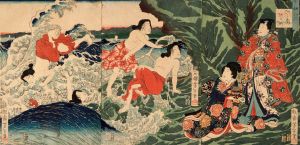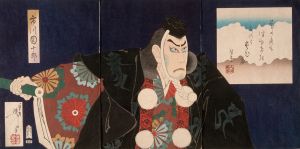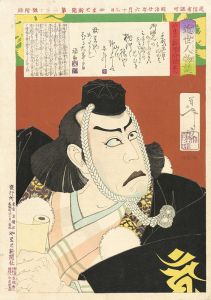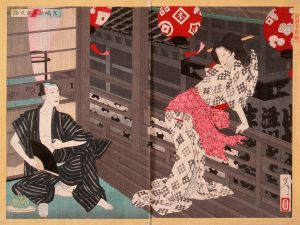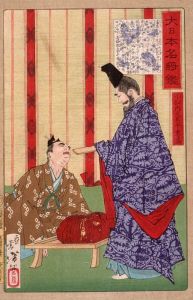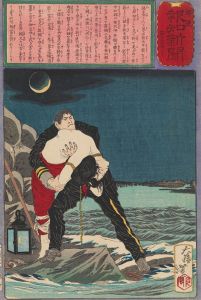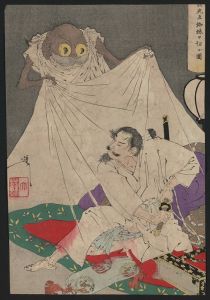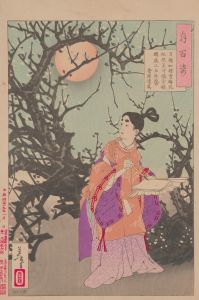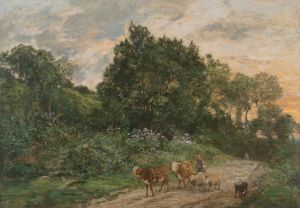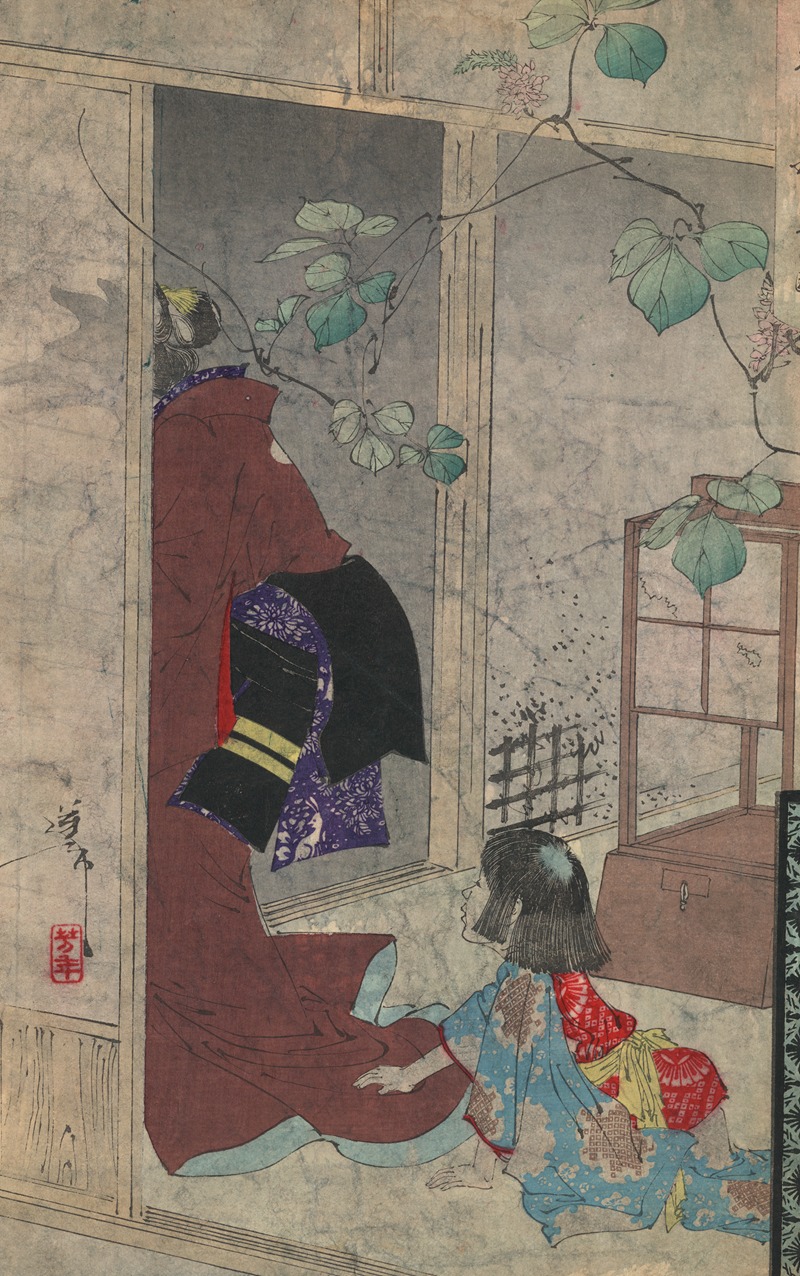
Kuzu no ha
A hand-painted replica of Tsukioka Yoshitoshi’s masterpiece Kuzu no ha, meticulously crafted by professional artists to capture the true essence of the original. Each piece is created with museum-quality canvas and rare mineral pigments, carefully painted by experienced artists with delicate brushstrokes and rich, layered colors to perfectly recreate the texture of the original artwork. Unlike machine-printed reproductions, this hand-painted version brings the painting to life, infused with the artist’s emotions and skill in every stroke. Whether for personal collection or home decoration, it instantly elevates the artistic atmosphere of any space.
Tsukioka Yoshitoshi (1839–1892) was a prominent Japanese ukiyo-e artist, known for his innovative and dramatic woodblock prints. One of his works, Kuzu no Ha (also spelled Kuzunoha), is a depiction of a famous legend from Japanese folklore. The artwork is part of Yoshitoshi's broader exploration of supernatural themes and traditional stories, which were central to his artistic output during the late Edo and early Meiji periods.
The story of Kuzunoha originates from the legend of a fox spirit (kitsune) who transforms into a human woman. According to the tale, Kuzunoha, the fox, falls in love with a human man and gives birth to a child. Eventually, her true identity is revealed, and she is forced to leave her family, but not before writing a farewell poem to her son. This poignant story has been a popular subject in Japanese art, literature, and theater for centuries, and Yoshitoshi's interpretation captures the emotional depth and mystical elements of the narrative.
Yoshitoshi's Kuzu no Ha is notable for its intricate detail and expressive composition. The print portrays Kuzunoha in her human form, often depicted in traditional kimono, with subtle visual cues hinting at her fox nature. The background and setting are rendered with Yoshitoshi's characteristic attention to atmosphere, blending realism with a sense of the otherworldly. His use of color and line work demonstrates the technical mastery for which he is celebrated, as well as his ability to evoke emotion and drama.
This work is part of Yoshitoshi's larger body of prints that explore themes of transformation, the supernatural, and the intersection of human and animal worlds. It reflects the artist's interest in traditional Japanese folklore and his ability to reinterpret these stories for a contemporary audience during a time of significant cultural change in Japan. Yoshitoshi's art often bridges the gap between the old and the new, combining classical ukiyo-e techniques with innovative approaches to storytelling and composition.
Kuzu no Ha is an example of Yoshitoshi's enduring legacy as one of the last great masters of ukiyo-e. His works continue to be studied and appreciated for their artistic and cultural significance, offering insight into the rich tapestry of Japanese folklore and the ukiyo-e tradition.





